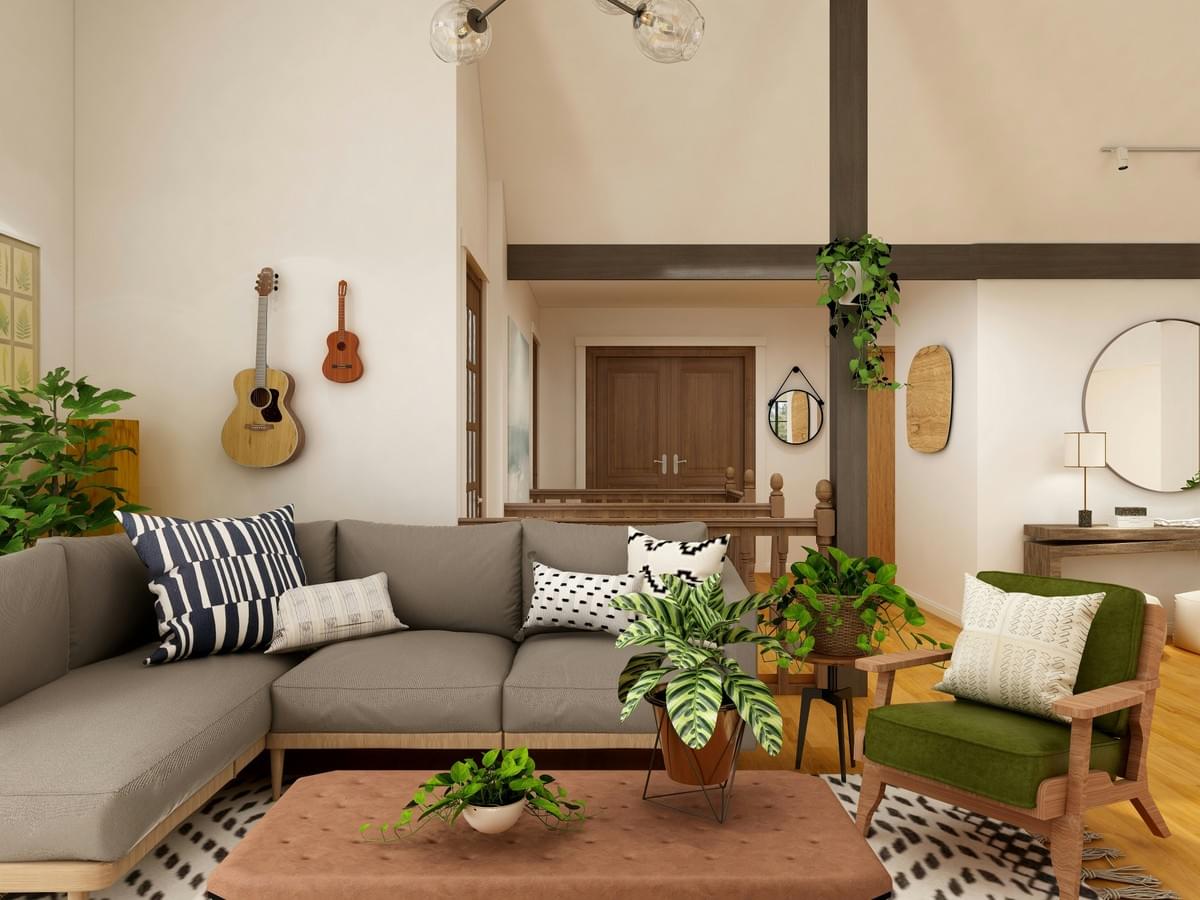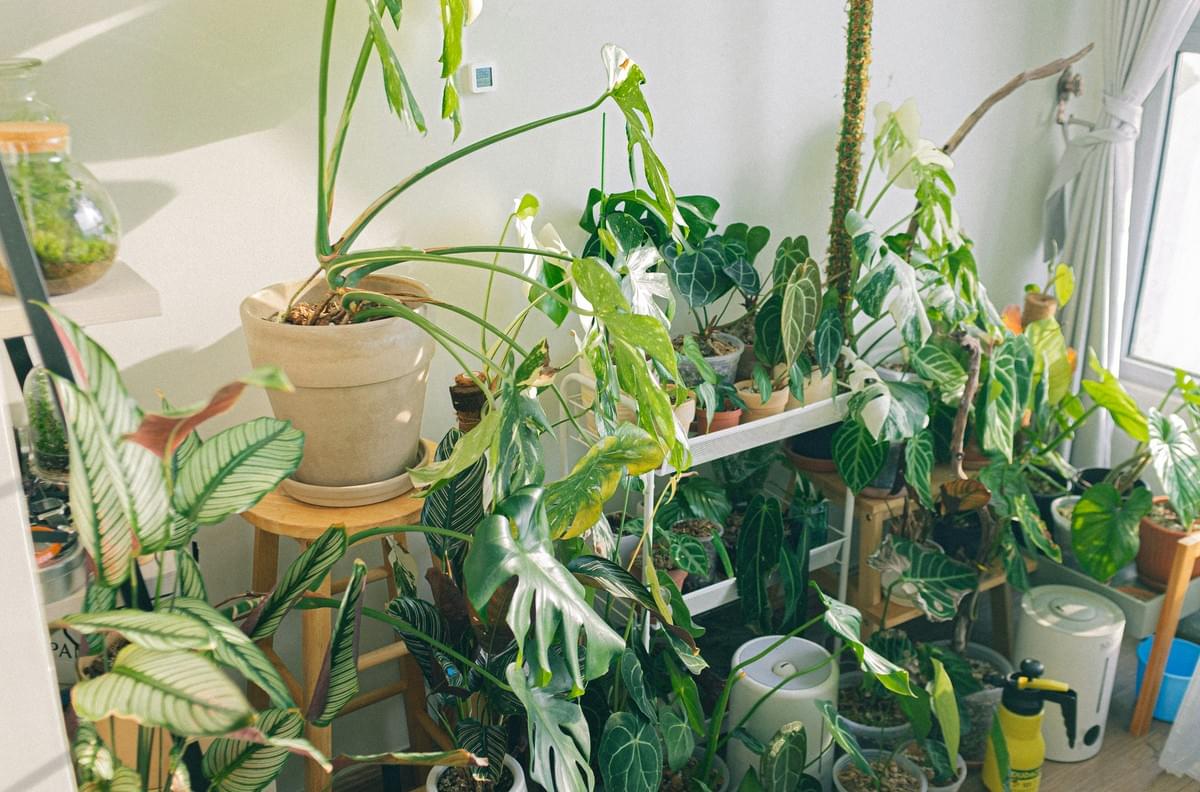

Mibet - Cá Cược Thể Thao Đại Lý Bóng Đá Uy Tín
MIBET là trang web cá cược trực tuyến hợp pháp và uy tín tại Việt Nam, được thành lập từ năm 2008, MIBET luôn ưu tiên lợi ích của người chơi, cung cấp dịch vụ hỗ trợ 24/7, tỷ lệ cược hấp dẫn, cùng với các công cụ cá cược chuyên nghiệp.
Website : https://mibet.voto/
SĐT 0785 416 423
Địa chỉ 43/14/36 Đ. Cộng Hòa, Phường 4, Tân Bình, Hồ Chí Minh, Việt Nam
Hastag #mibet #dangnhapmibet
https://www.youtube.com/@mibetvoto
https://www.pinterest.com/mibetvoto/
https://www.tumblr.com/mibetvoto
https://www.behance.net/mibetvoto
https://sites.google.com/view/mibetvoto
https://www.instapaper.com/p/mibetvoto
https://500px.com/p/mibetvoto?view=photos
https://gravatar.com/mibetvoto
https://www.twitch.tv/mibetvoto
https://wakelet.com/@mibetvoto
https://www.beamng.com/members/mibetvoto.643319/
https://blogfreely.net/mibetvoto/mibetvoto
https://raovat.nhadat.vn/members/mibetvoto-133377.html
https://chatterchat.com/mibetvoto
https://www.jqwidgets.com/community/users/mibetvoto/
https://dzone.com/users/5219515/mibetvoto.html
https://www.reddit.com/user/mibetvoto/
https://sketchfab.com/mibetvoto
https://public.tableau.com/app/profile/mibet.voto/vizzes
https://groups.google.com/g/ae88infosite/c/9ouETAqSo_0
Who We Are?
We’re dedicated to integrating plants into modern lifestyles, fostering well-being, and transforming urban spaces into green, sustainable sanctuaries.

Aiko Serenity
GreenThumb Gurus Creator
aiko@greenthumbgurus.com

Paige Novick
Garden Expert
paige.novick@greenthumbgurus.com

Kimberly South
Houseplant Enthusiast
kimberly@greenthumbgurus.com
Bring Vibrant Greens into Your Space
Explore Our Green Thumb Tips

Ideas for Plant Stands and Tables
We’ve consulted with experts to bring you the best plant stands for your indoor plants, making it easy to find the perfect fit for your space.
Much like plant shelves, plant stands offer numerous benefits. They not only serve as stunning decor in any room but also promote the health and happiness of your houseplants when used correctly.
"Placing indoor plants on stands offers a range of benefits that contribute to both their growth and the overall aesthetic of indoor spaces. Elevating plants on stands not only highlights their beauty but also positions them at heights where they receive the ideal light for their individual needs," says Kimberly South, houseplant enthusiast.
For plants that thrive in direct sunlight, like aloe vera or jade plants, placing them higher on a plant stand can be beneficial. It provides better access to light, boosting their health and encouraging further growth.

Hydroponic Houseplants
For beginner hydroponic gardeners, we recommend starting with the wick, water culture, or ebb and flow methods. Aeroponics and nutrient film systems are more advanced and better suited for experienced growers.
The wick method is the simplest to set up and works well with most houseplants. To get started, create a water reservoir beneath the tray holding your plant and growing medium. Attach the wicks to your growing tray, set everything up, and place it under a high-quality grow light or in suitable sunlight.
And just like that, you’re a hydroponic gardener!

Indoor Herb Gardens
Starting your herb garden from seeds? Sow them in shallow trays with seed starting mix or plant them directly in pots or planters.
If you're using purchased herb plants, transfer them from their nursery pots into containers with drainage holes to prevent waterlogging. For planters without drainage, simply add a few holes at the bottom.
Many gardeners prefer 4 to 6-inch pots for indoor herbs, perfect for a sunny windowsill. Keep in mind that clay pots can dry out quickly indoors, especially with heating or air conditioning. Opt for ceramic or plastic pots to maintain moisture levels.

Saving DYING Plants
Discover a Simple Method to Assess Your Plant’s Health: Is It Thriving or Truly Dead? Pruning, which can also aid in this process, is essential. While some flowering plants may appear to be dying due to shriveled, brown flowers, this is often part of their natural cycle.
Consider chrysanthemums as an example. Their abundant blooms can sometimes give the impression that the entire plant is dead when the flowers fade. Pruning allows you to assess the plant’s well-being and remove any dead flowers. When pruning, observe the stem’s appearance and texture. A healthy plant typically has green near the stem’s center and feels firm (depending on the plant type).
Look out for signs of poor health or a deceased plant, such as dry, brittle stems, brown discoloration throughout the core, or a soft, wrinkled texture. Keep in mind that these indicators can vary based on the plant species, so always refer to specific care instructions.
"The love of gardening
is a seed once sown
that never dies."
Gertrude Jekyll
Connect with GreenThumb Gurus
GreenThumb Gurus







